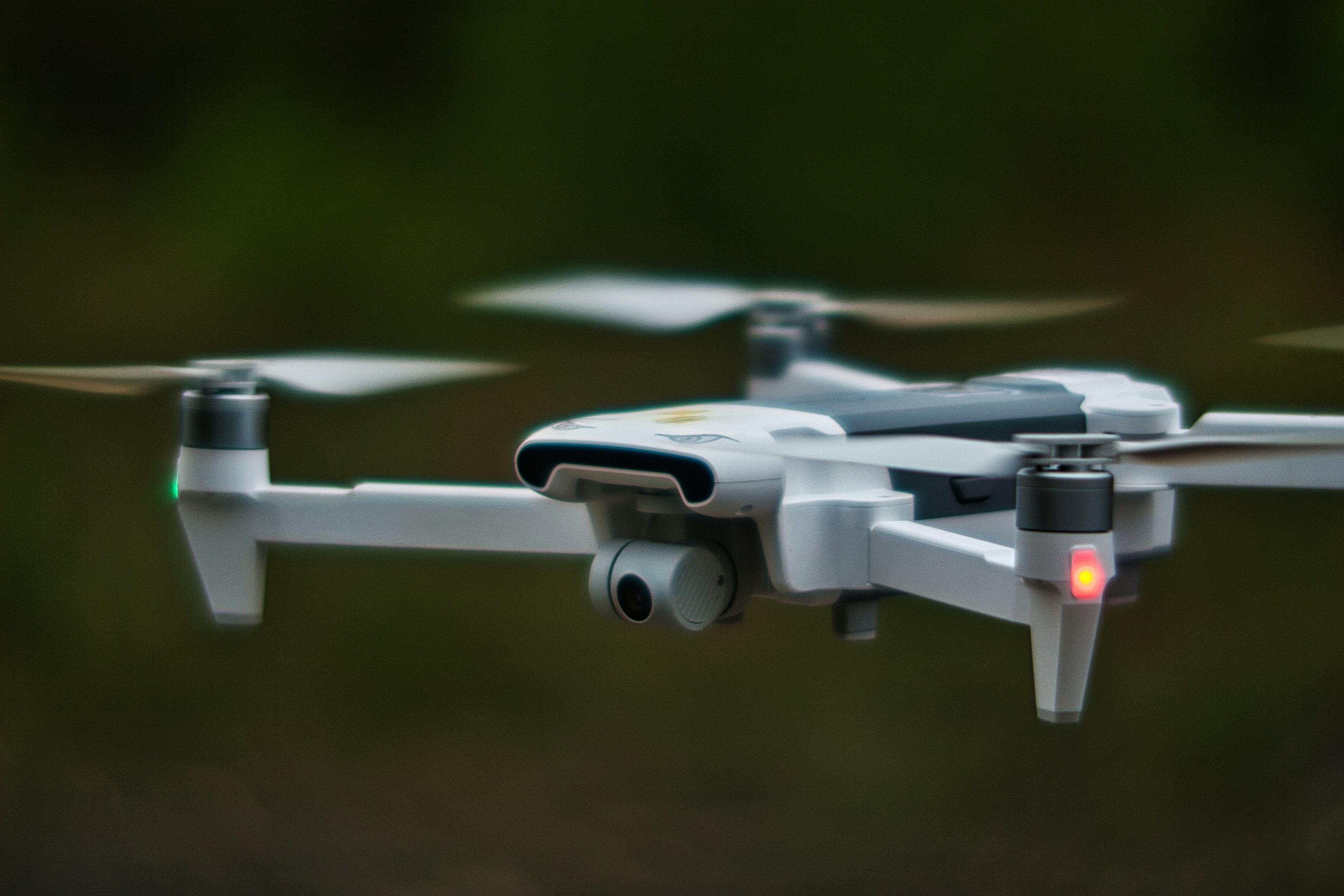SELF-FUNDED MRes: AI and Computer Vision to advance understanding of Insect Brain and Behaviour
Vacancy Reference Number: Mres25
Closing Date: 4 Apr 2027
Salary: n/a
Duration: 1 year
Understanding how the insect brain functions and generates behaviours is crucial for ecology, biodiversity, agriculture, pest control, disease prevention and robotics. Advances in computer vision, AI and genetic tools now enable detailed analysis of molecular, cellular and whole-organism behavioural processes, which allow researchers to uncover fundamental biological mechanisms and develop applied solutions. This MRes project will focus on automated tracking, multimodal sensing and advanced computational models to decode how insects perceive, navigate and respond to their environments. There is a wide range of possible research directions for the student to specialise in an area of interest. All projects have direct relevance to fundamental neuroscience, pollinator conservation and disease vector control.
Some examples include:
- Automated Behavioural Analysis in Insects:Contributing to behavioural assay development, experimental design and execution of behavioural studies in collaboration with the supervisory team.
- Insect Brain Imaging for Anatomy and Neural Activity Mapping:Focusing on live imaging of neuronal activity in genetically modified mosquitoes or imaging of brains of mosquitoes and bees to understand and characterise their brain anatomy.
- Multimodal Perception in Pollinators:Investigating how bees use multisensory cues to navigate their environments.
- AI for Disease Vector Monitoring and Control:Applying computer vision and machine learning to analyse mosquito physiology and behaviour.
- Neuromorphic Models Inspired by Insect Intelligence:Designing bio-inspired AI systems that mimic insect neural circuits.
OUR RESOURCES
Durham University hosts the UK regional supercomputer, Bede, with 128 NVIDIA V100 GPUs. Our Computer Sciences laboratories have access to a variety of sensors, LiDAR, RADAR, EEG, drones, robots, cameras, etc. The Biosciences Department has state-of-the-art Bioimaging facilities.
SUPERVISION
You will be supervised by Dr. Amir Atapour-Abarghouei and Dr. Lena Riabinina. Both have extensive expertise in their fields and a strong track record of supervising students.
DURING THE MRES STUDY, YOU WILL RECEIVE:
- Regular one-to-one meetings for guidance on research direction.
- Interdisciplinary collaboration opportunities.
- Access to cutting-edge experimental and computational resources.
ENTRY REQUIREMENTS
- A relevant undergraduate degree with good scores.
- Knowledge of modern programming languages.
- Meet Durham's English requirements.
HOW TO APPLY
Please send an email with your resume, transcripts and any supporting documents to Dr. Atapour-Abarghouei or Dr. Riabinina for an initial discussion.
FUNDING NOTES
This is a self-funded position and applications are welcome all year round.
CONTACT DETAILS
Dr. Atapour-Abarghouei:
Dr. Riabinina:
#J-18808-Ljbffr


